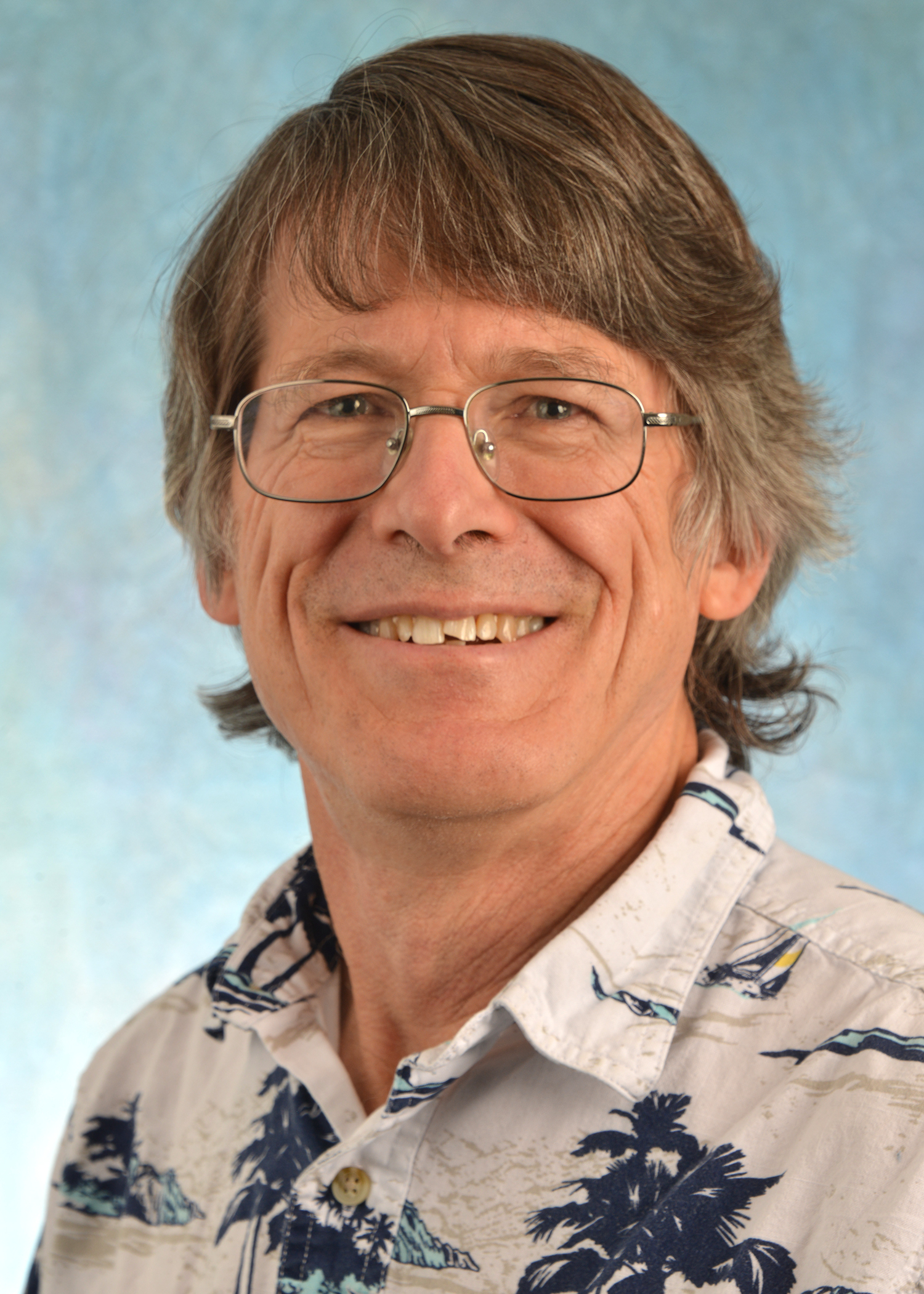Professor & Director of Graduate Studies
6108 Marsico Hall
Research
Molecular mechanisms of signal transduction by two-component regulatory systems
Signal transduction by two-component regulatory systems. The ability to respond to stimuli is often considered to be a key characteristic of life. Cells can detect new conditions, transduce that information into a usable form, and execute an appropriate response. Bacteria, archaea, fungi, and plants use two-component regulatory systems (TCSs) to regulate pathogenesis, antibiotic resistance, physiology, development, behavior, etc. Sensor kinases (the first component) detect stimuli and record this information in the form of phosphoryl groups. Response regulators (the second component) catalyze transfer of phosphoryl groups to themselves from sensor kinases (or from small molecules) to turn output function on, and from themselves to water to turn output function off. Inclusion of histidine-containing phosphotransfer (Hpt) domains enables more complex circuits with useful information processing and regulatory properties. Kinases and phosphatases accelerate response regulator autocatalytic reactions to achieve physiologically appropriate signaling speeds, but do not alter the intrinsic reaction mechanisms. The kinetics of biochemical signaling reactions are crucial to synchronize responses with stimuli, and can differ substantially for biological processes that operate on different timescales. Our long-term goal is comprehensive understanding of signal transduction by TCSs, which we currently pursue by two general strategies:
An innovative research strategy for the genomics era. Genome sequencing presents both a challenge (a large gap between hundreds of thousands of known TCS proteins and what can be studied experimentally) and an opportunity (the availability of diverse and extensive sequence data). To elucidate general properties of TCS proteins, we investigate the consequences of sequence differences (rather than similarities) between the conserved domains that define sensor kinases or response regulators. For example, we have learned to alter the rate constants of response regulator phosphorylation and dephosphorylation reactions at least three orders of magnitude by changing specific variable residues in the active site, and understand the underlying molecular mechanisms. We use sequence data to drive experimental investigation of (i) self-catalyzed phosphorylation and dephosphorylation of response regulators, (ii) phosphotransfer reactions (including phosphorelays), (iii) phosphatase reactions, and (iv) synthetic biology applications.
Identifying the PlrSR regulon of Bordetella. In collaboration with Peggy Cotter’s lab, we have characterized the phosphorylation biochemistry of the PlrSR two-component system in Bordetella species, which is essential for pathogenesis in the lower respiratory tract. We are now seeking to identify the genes regulated by PlrSR, which may reveal previously uncharacterized virulence factors that could be used as therapeutic targets or vaccine components against pertussis.
Publications
Barr, S.A., Kennedy, E.N., McKay, L.S., Johnson, R.M., Ohr, R.J., Cotter, P.A., & Bourret, R.B. (2022) Phosphorylation chemistry of the Bordetella PlrSR TCS and its contribution to bacterial persistence in the lower respiratory tract. Mol. Microbiol. 119, 174-190.
Kennedy, E.N., Foster, C.A., Barr, S.A., & Bourret, R.B. (2022) General strategies for using amino acid sequence data to guide biochemical investigation of protein function. Biochem. Soc. Trans. 50, 1847-1858.
Vass, L.R., Branscum, K.M., Bourret, R.B., & Foster, C.A. (2023) Analysis of CheW-like domains provides insights into organization of prokaryotic chemotaxis systems. Proteins. 91, 315-329.
Vass, L.R., Branscum, K.M., Bourret, R.B., & Foster, C.A. (2022) Generalizable strategy to analyze domains in the context of parent protein architecture: A CheW case study. Proteins 11, 1973-1986.
Kennedy, E.N., Barr, S.A., Liu, X., Vass, L.R., Liu, Y., Xie, Z., & Bourret, R.B. (2022) Azorhizobium caulinodans chemotaxis is controlled by an unusual phosphorelay network. J. Bacteriol. 204, e00527-21
Bourret, R.B., Foster, C.A., & Goldman, W.E. (2021) Predicted functional and structural diversity of receiver domains in fungal two-component regulatory systems. mSphere 6, e00722-21.
Foster, C.A., Silversmith, R.E., Immormino, R.M., Vass, L.R., Kennedy, E.N., Pazy, Y., Collins, E.J., & Bourret, R.B. (2021) The role of position K+4 in phosphorylation and dephosphorylation reaction kinetics of the CheY response regulator. Biochemistry 60, 2130-2151.
Bourret, R.B., Kennedy, E.N., Foster, C.A., Sepulveda, V.E., & Goldman, W.E. (2021) A radical reimagining of fungal two-component regulatory systems. Trends Microbiol. 29, 883-893.
Straughn, P.B., Vass, L.R., Yuan, C., Kennedy, E.N., Foster, C.A., & Bourret, R.B. (2020) Modulation of response regulator CheY reaction kinetics by two variable residues that affect conformation. J. Bacteriol. 202, e00089-20.
Affiliations
Department of Microbiology & Immunology
Lineberger Comprehensive Cancer Center (LCCC)
Program in Molecular and Cellular Biophysics

